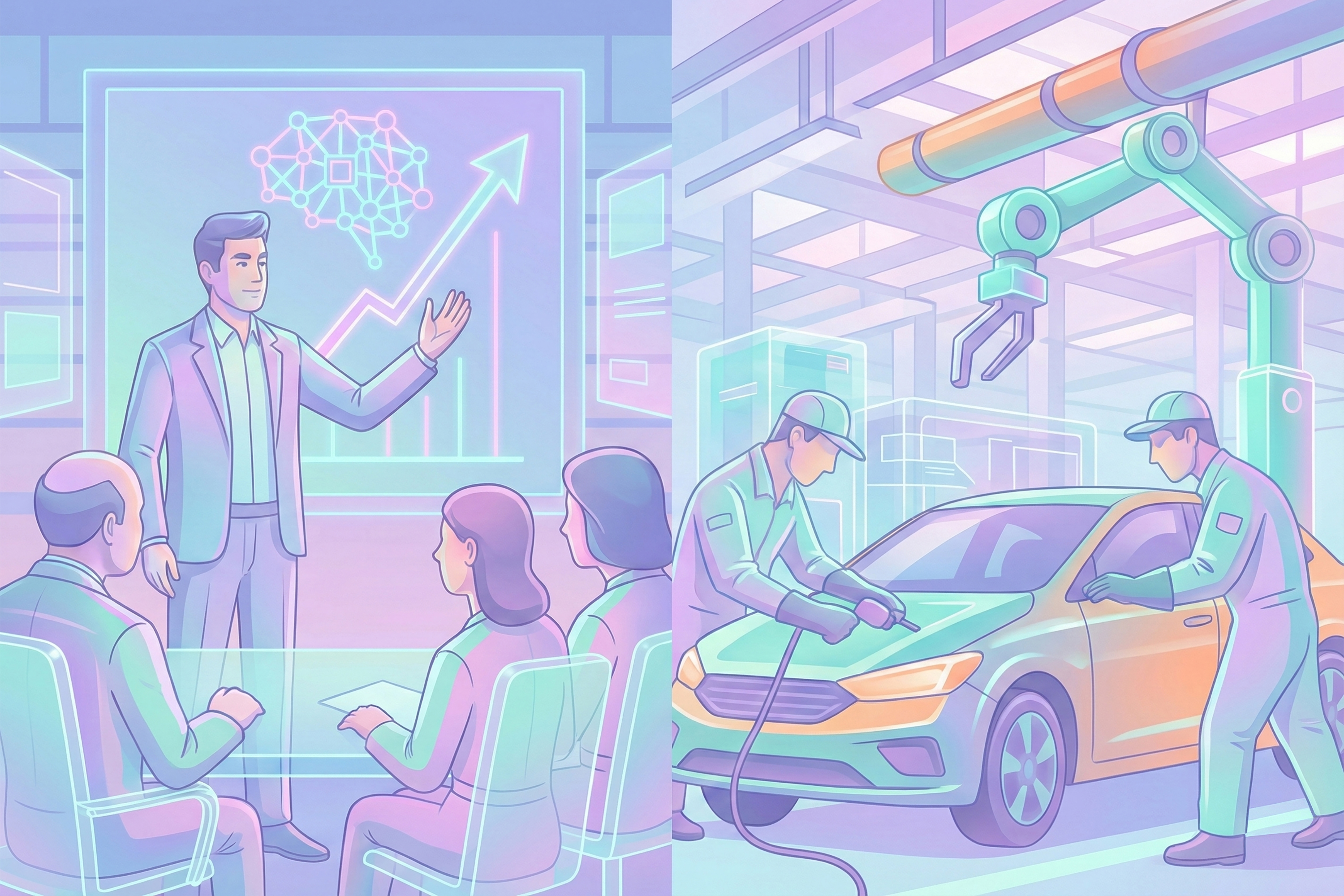
One of Bitcoin’s more promising scaling solutions, the Lightning Network, is gaining momentum. In the last few weeks, the network capacity has grown by 50%, thereby surpassing the threshold of 1000 BTC. Furthermore, the number of open payment channels has grown by almost 40% and the number of nodes by almost 20%. Furthermore, Lightning Labs, one of the major developers of the Lightning Network, has announced a new feature, Lightning Loop, which should address some of the efficiency, scalability and usability issues. Lastly, Jack Dorsey, CEO of Square and Twitter, has announced that the Square Cash App will soon support the Lightning Network, which could further increase the adoption of Bitcoin as a payment solution.
As written before, Bitcoin and other cryptocurrencies are undergoing growing pains as they are facing quite a few technical, economic and governance challenges. One of the more important challenges is improving the scalability of their transaction density, while at the same time maintaining acceptable levels of security and decentralization. In the case of Bitcoin, the Lightning Network has been presented as a scaling solution that can be built on top of Bitcoin, promising millions of transactions per second in its final form (compared to the 7 txs/s Bitcoin offers now). With the use of peer-to-peer payment channels, small payments can take place off-chain, only settling the final state of the balance sheet in the Bitcoin blockchain, improving privacy, latency, cost and scale. However, the solution is not without its caveats, as there are still risks surrounding centralization and security. Moreover, The Lightning Network is also just one of many ways for Bitcoin, and cryptocurrencies in general, to scale.
Despite still being in an alpha stage, the Lightning Network will also need to run applications as a way to stress test the network to improve its core infrastructure. In that vein, we can already see interesting applications coming online. Recently, Tippin was launched, which enables users to tip each other through Twitter. Moreover, we also see the emergence of a variety of games that use microtransactions that are powered by the Lightning Network. In the long run, it is not unimaginable for the Lightning Network to facilitate many types of microtransactions ranging from streaming money, to IoT machine-to-machine microtransactions, to in-app micro-purchases, thereby transforming Bitcoin from a “store of value’” into a programmable “means of exchange” for next-generation internet applications.


